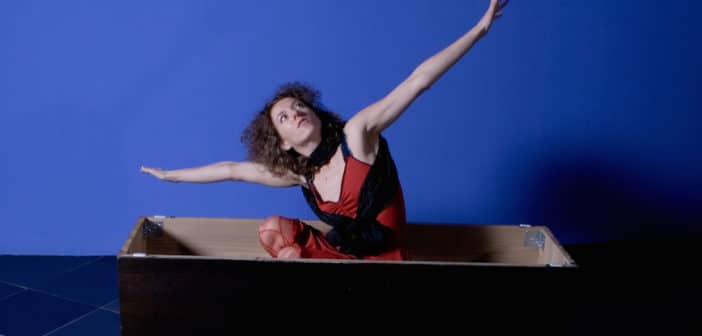 In case you haven’t been paying attention, suicide is trending in South Korea. The country has the third-highest number of suicides on the planet. This has been blamed on the extremely competitive nature of Korean society. This leads many, despite their best efforts to work hard and play little, feeling like failures.
In case you haven’t been paying attention, suicide is trending in South Korea. The country has the third-highest number of suicides on the planet. This has been blamed on the extremely competitive nature of Korean society. This leads many, despite their best efforts to work hard and play little, feeling like failures.
As a result of little free time, South Koreans are feeling increasingly isolated. As folks in recovery know, a great way to plummet into depression is to cut yourself off from a support network. Despite having the fastest internet connection on the globe, a top-rate educational system, stellar socialized health care and a booming economy that’s projected to surpass that of Japan in a few years, South Koreans are still down in the dumps.
But now there is a creative solution to the suicidal epidemic—sitting in a coffin.
Let’s Play Dead
The Hyowon Healing Centre in Seoul (also known as the ‘death school’) is trying to abate the suicide epidemic by pulling those suffering depression out of the rat race for a period of deep reflection. No, this isn’t peaceful Ashram where people can meditate while inhaling tranquilizing incense, nor is it a psych hospital where patients can spend time with mental health professionals. Instead, the facility offers “students” the opportunity to play make believe with the Grim Reaper by lying in coffins and pretending to be dead.
First they’re forced to meditate on collateral damage—the pain and suffering their death would cause family members or friends—then, they’re asked to write last testaments and suicide notes. After that, they throw on traditional Korean burial outfits, lie in their coffins and have their picture taken with their eyes closed. Finally, the facilitator of the ritual tells them they’re passing through to the other side as the coffins are shut. These suicidal Koreans spend ten minutes trapped in a dark coffin, deciding if they really want to die.
Let’s hope there are enough cracks to let in oxygen.
Supposedly, these people rise from the “dead” after the ten minutes reborn, rejuvenated and refreshed. Maybe a nice nap would have worked just as well.
Cruel and Unusual Punishment?
After a cursory glance at the numerous articles on the death rituals, this seems like an obscene and cruel thing to do to someone who’s suicidal. The last thing a depressed person needs is to feel even more ashamed. But, after the initial shock at the wild unconventionality of the treatment method, it’s not too hard to understand how it might just work.
Kim KoHo, who heads up a different death school (yes, there is more than one) called Happy Dying, believes meditation on death is a very positive endeavor, something everyone should do to better their lives. It’s not a new idea. Death meditation is an essential aspect of Buddhism, and Martin Heidegger, the renowned German existentialist, believed reflecting on mortality was the key to wellness.
But whether these death schools are actually working is something no one knows. There have yet to be studies done to determine success rates. One thing is certain—these centers are making lots of dough.
One school charged $325 way back in 2008. That’s a lot of cash per head, especially when the ritual only lasts one day.
The truth is if someone has genuine depression, a white light moment won’t necessarily make it go away. Quick fixes for anything are typically scams or gimmicks (unless it involves superglue, which can really fix just about anything…and also glue fingers together). Death meditation may in fact work, but if it does, it’s something that probably has to be practiced on a regular basis.
I say just lock yourself in a dark closet for an hour. It may or may not do the job, but at least it’s free.
Sponsored DISCLAIMER: This is a paid advertisement for California Behavioral Health, LLC, a CA licensed substance abuse treatment provider and not a service provided by The Fix. Calls to this number are answered by CBH, free and without obligation to the consumer. No one who answers the call receives a fee based upon the consumer’s choice to enter treatment. For additional info on other treatment providers and options visit www.samhsa.gov.




